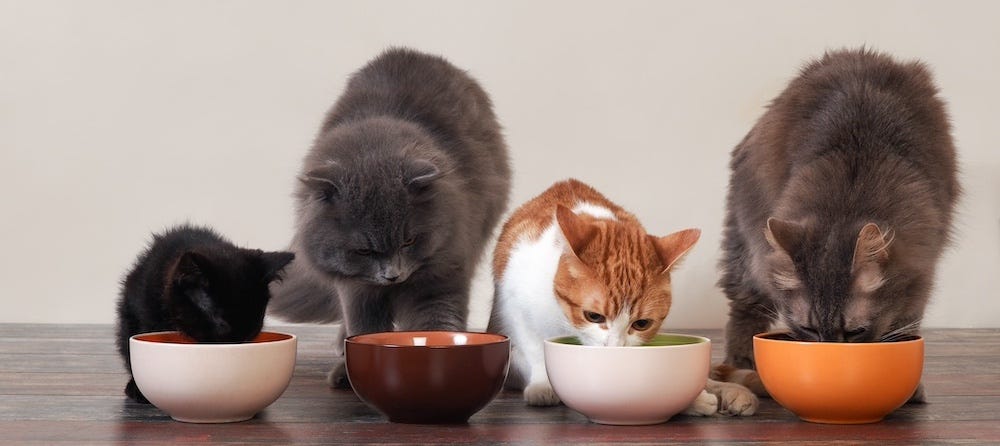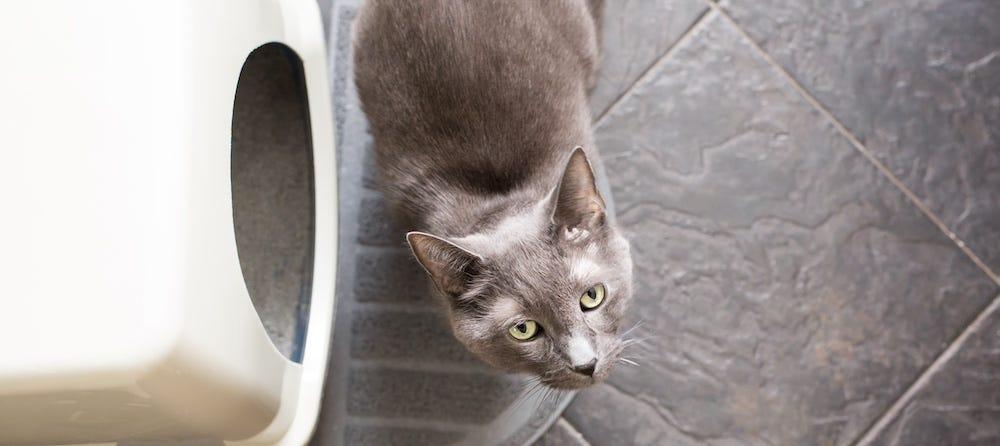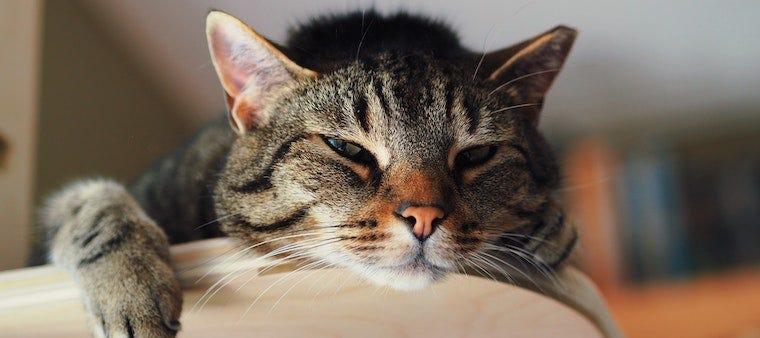3D printing in medicine proves that the future is now, from bioprinting human organs to speeding up the production of prosthetic limbs. But what about 3D printing in veterinary medicine? We decided to explore how and when our pets might be able to reap the benefits of this amazing technology.
Research paving the way
3D printing in the veterinary field is currently mostly used for research purposes. For example, the technology allows surgeons to view a model of an injured body part, such as a hip joint. This helps the doctor make preliminary decisions prior to operating.
Researchers also use the technology to their advantage to make further discoveries in veterinary medicine. Animal Wellness Magazine reports that Alexis Noel, a doctoral candidate in mechanical engineering, made an enlarged 3D mimic of a cat’s tongue in order to more closely study the mechanics of the Velcro-like “spines” that characterize the feline tongue.
While you might naturally connect 3D printing in medicine as aiding with animal prosthetics, the applications far exceed one area. Some veterinarians focus their research on understanding how 3D printing can be applied to studying veterinary disease.
3D printing in veterinary medicine is also paving the way for advancements in human medicine. “In human medicine, there is a lag in use of the available technology while regulations catch up,” says veterinarian Dr. Michelle Oblak in a statement released by Ontario Veterinary College. “By performing these procedures in our animal patients, we can provide valuable information that can be used to show the value and safety of [3D-printed medical] implants for humans.”
Animal prosthetics
3D printing technology is not yet readily available in most clinics. Therefore, veterinarians have fitted few cats and dogs with these types of animal prosthetics. Of the reported cases, however, we’re able to glimpse an exciting future where the technology may regularly help our pets toward better mobility:
- Derby the Malamute was born with deformed front legs and once used a cart to get around. 3D-printed prosthetics were developed and customized to meet Derby’s needs. Since then, he has been able to move and run like any other dog.
- Romina the whippet lost her front leg in an accident. Specialists at Mexico City’s Universidad del Valle de Mexico’s Veterinary Hospital fitted her with a 3D-printed limb in early 2016.
- Tiny the golden retriever was born with only half her right front leg. She received a 3D prosthetic leg from the Xavier MakerBot Innovation Center at Xavier University.
Medical implants
Another application being explored by veterinarians is 3D-printed implant technology. National Geographic reports that vets at North Carolina State University used 3D printing to create a full knee implant for an orange tabby cat that had survived bone cancer but lived with pain following a severely weakened knee joint. The article describes how the team attached a new knee “the size of a tube of lip balm” to bones in his upper and lower leg, giving him a full range of motion.
Even more impressive is Dr. Oblak’s success using a 3D-printed custom titanium plate to replace a portion of a dog’s skull. This came “after discovering it had to come out in order to remove the cancerous tumor that was forming near her brain.” The piece fit perfectly into the dog’s skull during surgery. “She was asleep for about five hours, and within about half an hour after surgery, [she] was alert and looking around. It was amazing,” Dr. Oblak says.
Biological tissue replacements
Finally, 3D printing is providing a gateway for biological tissue replacements in veterinary medicine. Dr. Karen Burg of Small Animal Medicine and Surgery at the University of Georgia explains that vets are using 3D printing “to co-print animal cells and plastics… Think of plastics with hair gel-like consistencies and cells from a patient (a dog, for example) co-printed into 3D blocks of tissue. The idea is to make replicas of tissue blocks, use them to test combinations of therapies, and pinpoint the most appropriate option for a patient. Or we can simply study cellular processes in diseased or normal conditions.”
3D printing in medicine has come a long way. Yet veterinarians caution that there’s a great need for more technological development and education in the field. We’re excited to see if and when more clinics are able to adopt 3D printing. Veterinary medicine and our furry loved ones can only benefit from this life-saving technology!
Sources:
Recommendations








